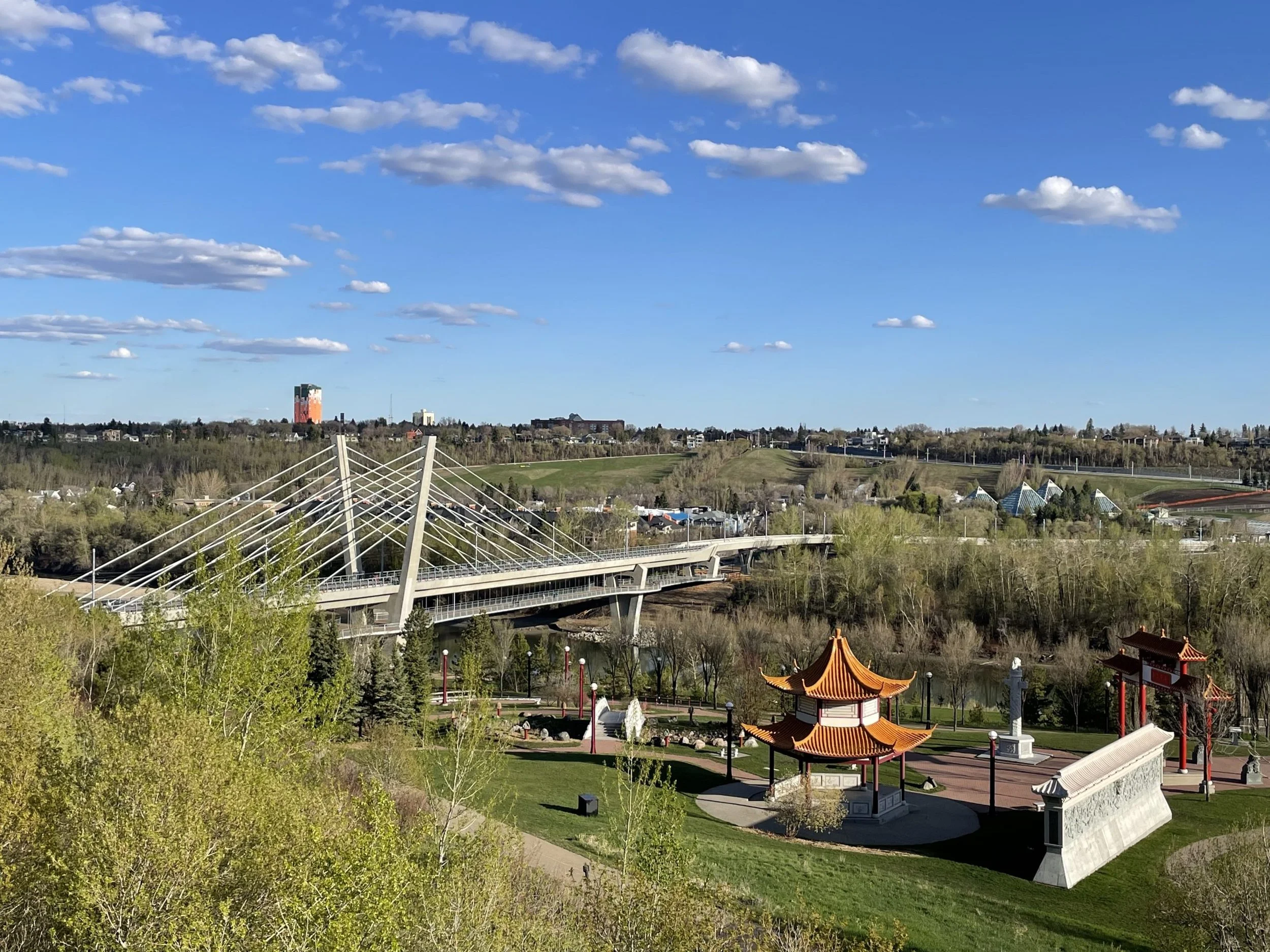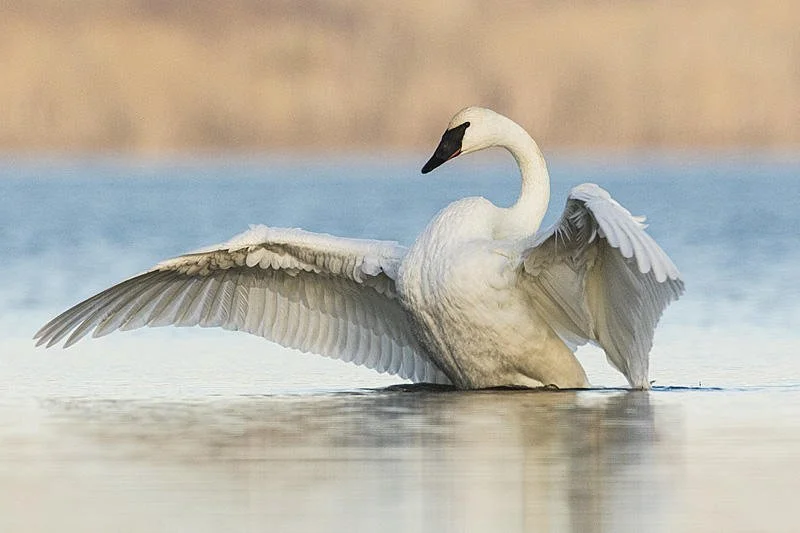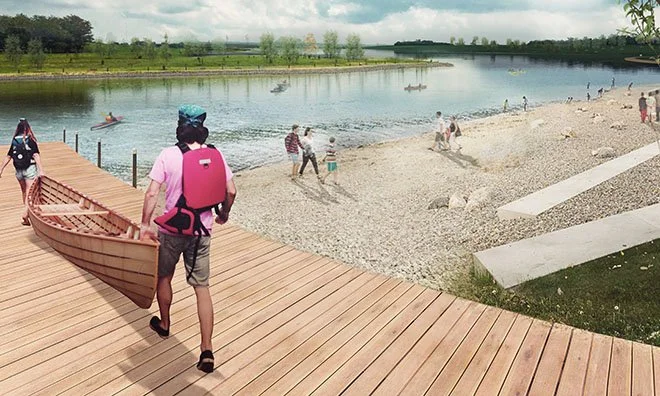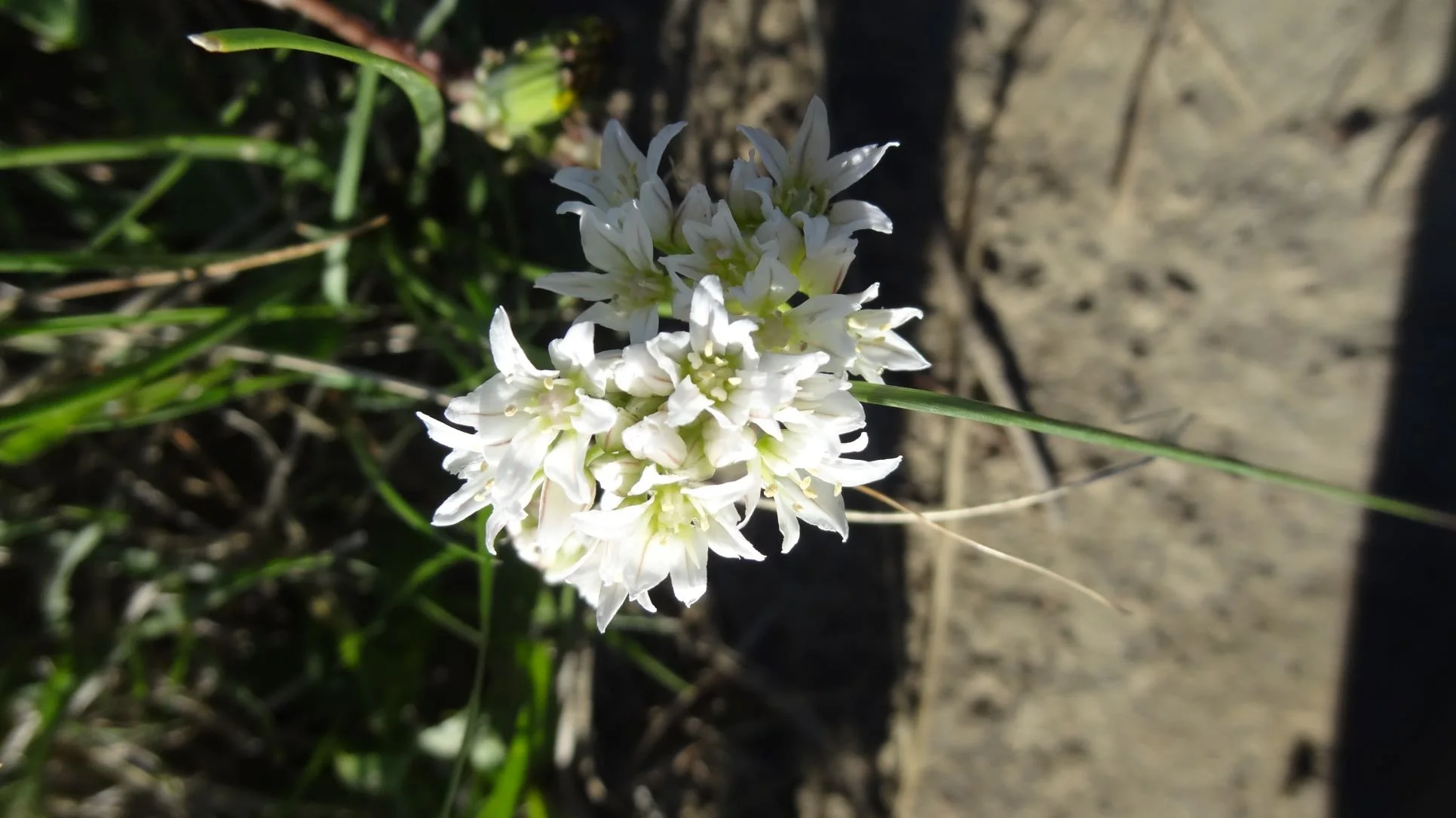Nature-based solutions for successful river valley zoning
Our recent AGM featured a presentation by former City of Edmonton Director Grant Pearsell on how including Nature-based Solutions for the River Valley in the City’s Zoning Bylaw Modernization Project would enable ecological conservation & restoration, increase climate resilience, and save money.
He recommended the city create a Natural Area Conservation and Restoration Zone whose purpose is natural area conservation, restoration, and ecological connectivity. It would allow minimal and compatible uses and include intact natural areas and areas identified to be restored.
A Riparian Setback Regulation applicable to all river valley zones is important as conserving riparian areas is necessary for ecological functioning rivers. Development setbacks are commonly used in zoning bylaws to manage development and these regulations can be applied to any zone.
Climate change means a Flood Disaster Reduction Zone or Restrictive Overlay is needed to limit development in the floodplain and restore natural landscape. This could be achieved by amending the existing Floodplain Protection Overlay.
Additions to general regulations for the river valley should include wildlife friendly fencing, native plantings and landscaping, and inclusive and transparent Environmental Impact Assessment regulations. The 37-minute presentation can be viewed at https://www.youtube.com/watch?v=MaAlsQDc5dk
Tundra and Trumpeter swans are Canada’s swan sweethearts
Gerald Romanchuk photo
Tundra and trumpeter swans are migratory birds whose reputation for being lovebirds is well earned. Both birds often form a pair bond for life. These pairs are forged when the swans are young adults, usually between the ages of 3 and 6. Swans can live until they’re up to 30 years old, so finding the right one for them is no trivial endeavour.
To win the affection of their chosen partner, Trumpeter swans court by swimming alongside each other, usually with the male bumping the female with his breast on her flank, with both bobbing their heads. They then face each other, sometimes even making the iconic heart shape between their two graceful necks. Trumpeter Swans are our biggest native waterfowl, stretching to 6 feet in length and weighing more than 25 pounds, almost twice as massive as a Tundra Swan.
Tundra swans usually face each other, vocalizing one after the other in quick succession, all while half-flapping their wings, which eventually results in a larger wing-flare once the ritual is complete. Tundra swans don’t nest directly after finding a mate, instead staying together during the first breeding season without producing a nest. They do, however, protect a territory in this time, and actively drive away any interlopers. More at https://www.ealt.ca/blog/fun-facts-love-is-in-the-air
Master plan for Strathcona County Regional Park finalized
Located north of Township Road 540, where the new River Valley Alliance pedestrian bridge will connect to 167 Ave in Edmonton, this Regional Park is being promoted as a regenerative riverside park, which balances outdoor recreation nature appreciation and historical recognition, while fostering a healthy connected river valley system. It will reach across two quarter sections, or 290 acres, of land.
Previously used as a gravel quarry, North River Park, will be the key wildlife biodiversity zone, where forest and riparian restoration will take place. Construction includes topographic diversity, with hills created from earthmoving operations around wetlands. Within this portion, a north flood park will be developed, which will be designed to handle a one-in-one-hundred-year flood.
In South Wetland Park, existing ponds will be modified for wetland restoration. “The wetlands are one of the most unique aspects of this property, so developing boardwalks and pathways on the edges of them and through them will create really wonderful experiences and educational opportunities for school groups and visitors to the region,” according to the lead architect, Matt Williams.
The Central Gathering Place will have a visitor pavilion with outdoor seating, an adjacent plaza for community and school gatherings and a natural playground that uses the terrain for different play experiences. Connecting all three spaces will be the trail networks, which will focus on usage in all four seasons, so cross-country ski trails will be added.
“As the ecosystems start to regenerate we’ll have these wonderful loops of natural trails within forests, shrub-land, and grasslands, which all have the opportunities to have interpretative signage and diversity of experience to really enjoy and connect people with nature,” said Williams. Learn more at https://sherwoodparknews.com/news/local-news/a-profound-opportunity-regional-park-master-plan-released-with-76-7m-price-tag
All parts of this native wild onion are edible, including its flowers
Allium textile, or textile onion, is a native wild onion. Chive like stems give rise to beautiful upright clusters of white flowers in late spring and early summer. Prairie onion is a member of the garlic family and is tolerant of hot, dry conditions making it ideal for xeriscaping or full sun beds. Hummingbirds are attracted to the flowers as are bees, and songbirds will happily eat the seeds that fall to the ground.
All parts of the plant are edible but care should be taken as mild toxicity has been reported if too much is eaten. The bulb can be eaten fresh, raw or cooked, or can be stored for later use. The leaves are good raw or cooked and the flowers can be used as a garnish on salads. Allium species usually grow well with roses, carrots, beet and chamomile.
Allium textile is a healthy addition to the diet. They contain sulphur compounds, which give them their onion flavour, and added to the diet on a regular basis help reduce blood cholesterol levels, act as a tonic to the digestive system and tonify the circulatory system. More at https://temperate.theferns.info/plant/Allium+textile
River Valley Trivia
Ron writes “I always enjoy your river valley news. Thanks for doing it. Here's a bit of river valley trivia. I remember, in the 1950s or 60s, the City of Edmonton created a rock garden beside Grierson Hill Road. In those days, that road was a source of constant frustration, as it kept sliding downhill. It finally was stabilized, I don't know how, and I don't know whether the rock garden had anything to do with it. Whether it ever had flowers planted between the rocks, I don't recall. But it soon was forgotten, abandoned, and untended. However, it's still there. On the uphill side of Grierson Hill Road, just south of the Convention Centre, you still can see the array of rocks, with all kinds of weeds and small trees growing up among them.”
Bronze Bust of Nellie McClung by Danek Mozdzenski, Victoria Promenade. Girl named Shirl Photography https://www.edmontonpublicart.ca/#!/details/246
Comment or contribution
Please note that articles may not reflect the position of NSRVCS. River Valley News is meant to be a clearinghouse for the wide variety of opinions and ideas about Edmonton’s River Valley. Email river valley photos, event information, comments, or questions to nsrivervalley@gmail.com
Sincerely yours,
Harvey Voogd
North Saskatchewan River Valley Conservation Society
780.691.1712






